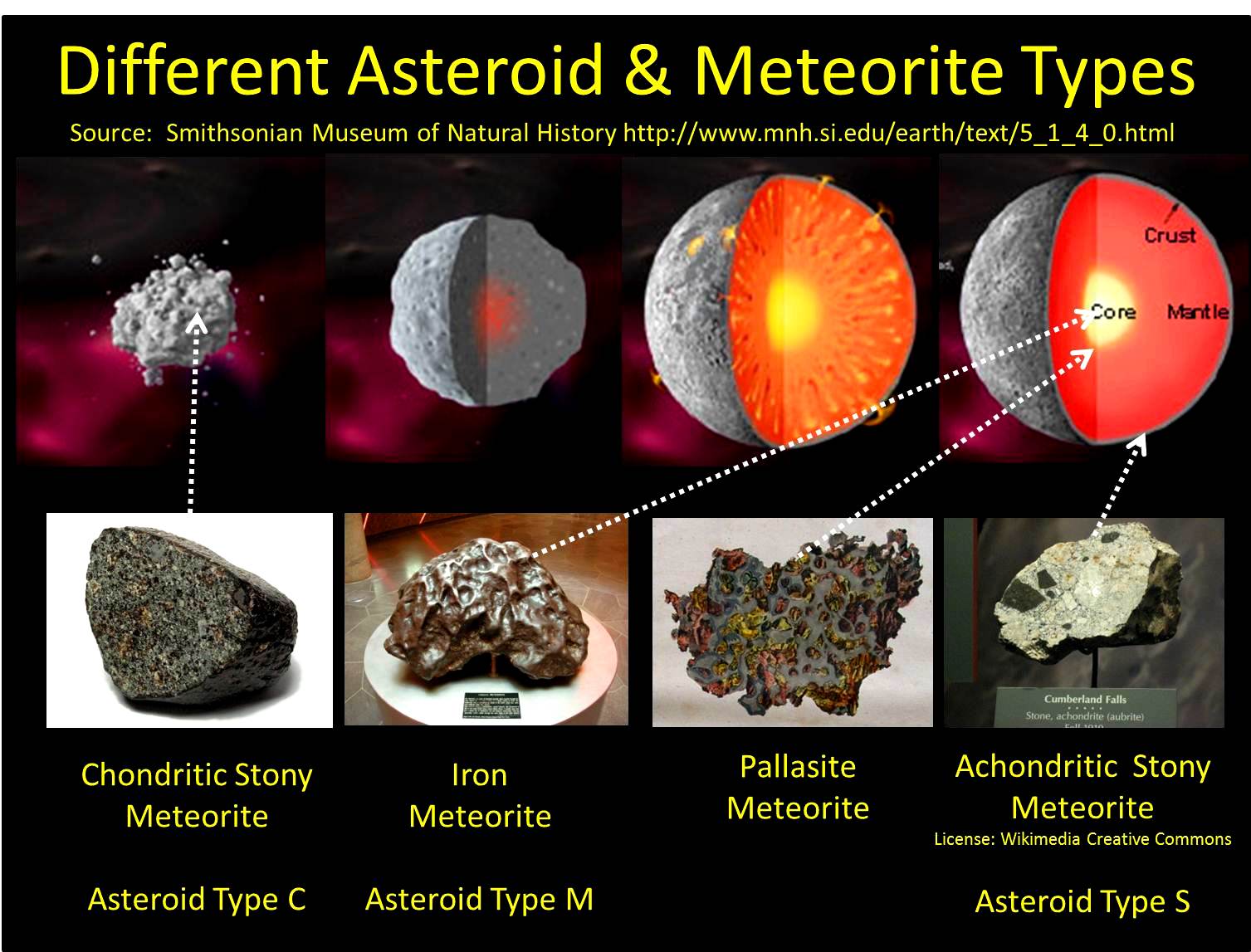Researchers calculate the age of the planet by testing the oldest rocks on the surface of earth and meteorites that fall from the space

Researchers Calculate the Age of the Planet by Testing the Oldest Rocks on the Surface of Earth and Meteorites that Fall from Space

Have you ever wondered how old our planet Earth actually is? Scientists have been tirelessly studying and researching to determine its age accurately. While it is challenging to find an exact number, researchers have developed methods to estimate the age of the Earth by examining the oldest rocks found on its surface and meteorites that fall from space.
The Age Determining Techniques
One of the primary methods scientists use to calculate the age of the Earth is through radiometric dating. Radiometric dating relies on the radioactive decay of specific isotopes found in rocks and minerals. By measuring the ratio of parent isotopes to daughter isotopes, scientists can ascertain how much time has passed since the rock or mineral formed.
The Oldest Rocks on Earth
The Earth’s surface is composed of various types of rocks, some dating back billions of years. The oldest rocks discovered on the Earth’s surface are known as “cratons.” These cratons, found in regions such as Canada, Australia, and South Africa, have been an invaluable source for estimating the age of our planet.
Scientists meticulously study these ancient rocks, analyzing their mineral composition and using radiometric dating techniques to determine their age. By dating the oldest rocks on Earth, researchers can gain insight into the age of the planet itself.
Meteorites: Insights from Space

Meteorites are another essential part of the puzzle when it comes to dating the Earth’s age. These extraterrestrial objects, originating from asteroids and other celestial bodies, occasionally fall to the Earth. Researchers study the composition and age of these meteorites to gain valuable insights into the formation and age of the universe.
Similar to the radiometric dating techniques used on the oldest rocks found on Earth, scientists analyze the isotopic ratios within meteorites. By comparing the ratios of parent and daughter isotopes, they can determine the age of these space rocks and draw conclusions about the age of our planet.
Putting It All Together
By combining the data obtained from the oldest rocks on Earth and meteorites, scientists have estimated that the Earth’s age is approximately 4.54 billion years. This age has been determined through extensive research and analysis, contributing to our knowledge of how our planet and the universe have evolved over time.
Understanding the age of the Earth is crucial for various scientific fields, including geology, astronomy, and biology. It allows us to grasp the timescales involved in the formation of our planet, the development of life, and the history of the universe.
In conclusion, researchers calculate the age of the Earth by examining the oldest rocks on its surface and meteorites that fall from space. Utilizing radiometric dating techniques and analyzing the isotopic ratios within rocks and minerals, scientists have estimated the Earth’s age to be around 4.54 billion years. This knowledge is essential in our quest to unravel the mysteries of our planet’s past and gain deeper insights into the vastness of the universe.
Source: Space.com
Related Posts
Quick Links
Legal Stuff

